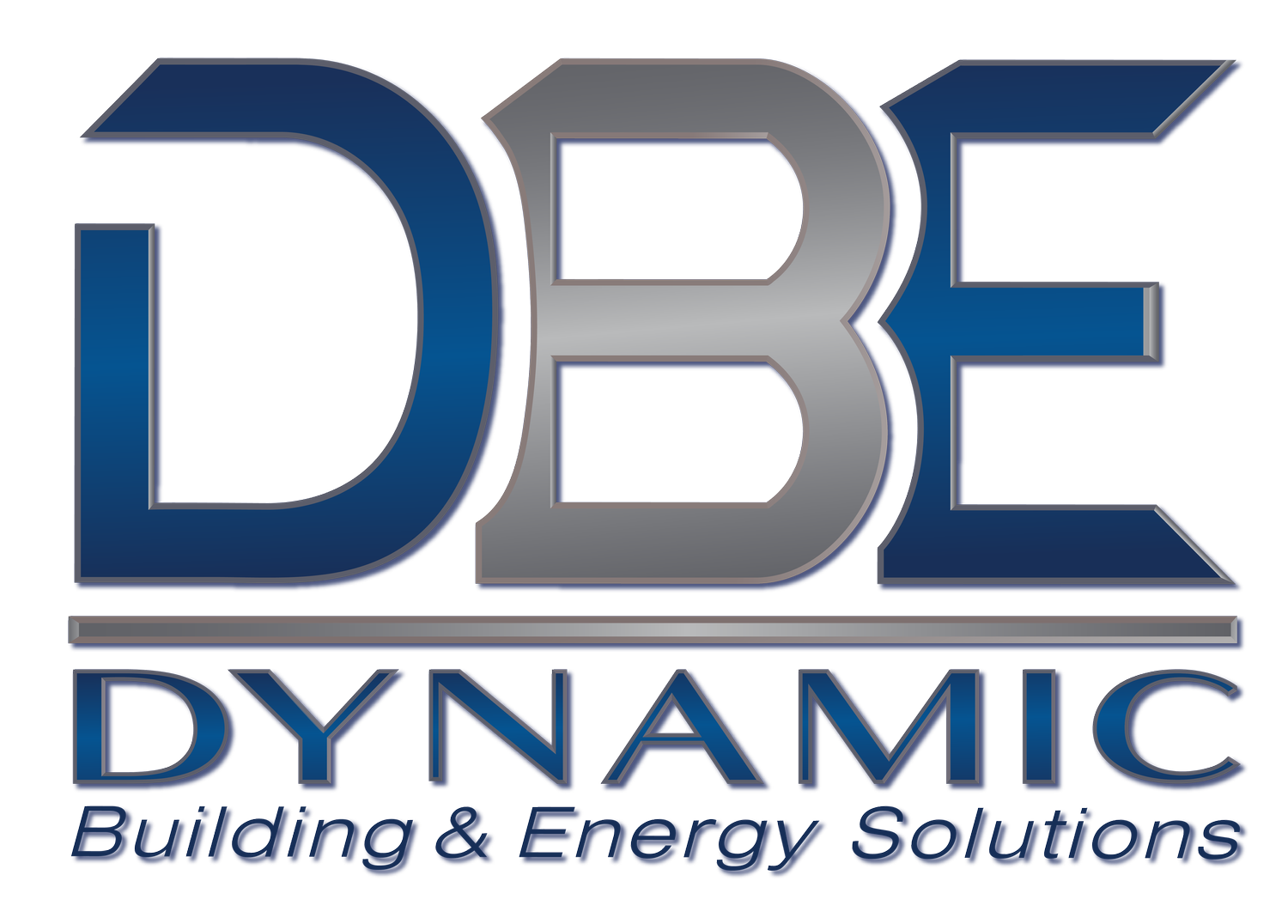Why Attic Insulation Is the First Step in Winter Comfort
When temperatures dip and energy bills soar, your attic is often the culprit. Warm air rises naturally, and without a properly insulated attic, that heated air escapes through the roof—forcing your heating system to work overtime. This is why many experts agree the attic is the number one source of heat loss in most homes. Adding or topping off your attic insulation helps maintain consistent indoor temperatures and prevents costly heat loss.
Why the Attic Matters
Your attic acts as a buffer between your living space and the outdoors. In winter, heat from your home naturally rises toward the roof. If your attic lacks sufficient insulation, that heat escapes, leading to:
Higher heating bills — your furnace or boiler has to compensate for the lost warmth.
Drafty rooms — especially on upper floors.
Ice dams on the roof — ice dams form when warm air leaks through an under‑insulated attic, melting snow on the roof and refreezing at the eaves. Over time, these ice dams can damage the roof structure.
Uneven temperatures — rooms directly under the attic may be noticeably colder in winter and hotter in summer.
According to ENERGY STAR, homeowners can save about 15 percent on heating and cooling costs by air‑sealing their homes and adding insulation in attics, floors over crawl spaces, and accessible basement rim joists. In other words, attic insulation isn’t just about comfort; it's about real energy savings.
Signs Your Attic Insulation Is Inadequate
Not sure if your attic needs an upgrade? Watch for these tell‑tale signs:
Fluctuating indoor temperatures despite a steady thermostat setting.
Rising energy bills compared to previous winters.
Visible gaps or thin spots in attic insulation (look for compressed or missing material).
Ice dams form along your eaves during snowstorms.
Drafts or cold ceiling surfaces in the rooms below.
Pest or moisture problems — inadequate insulation often accompanies poor air sealing.
If you notice any of these issues, it’s a good idea to schedule a professional home energy assessment to evaluate your attic and overall insulation levels.
Recommended R‑Values for New England Attics
In colder climates like Connecticut and Rhode Island (Climate Zone 5), experts recommend higher insulation levels. Typical recommendations for Connecticut include R‑30 in ceilings and R‑38 to R‑60 in attic spaces. As a rule of thumb, homeowners should aim for at least R‑49 in their attic. If you already have some insulation (e.g., R‑19), you can often add additional material on top to reach the desired R‑value.
What Does “R‑Value” Mean?
R‑value measures a material’s resistance to heat flow—the higher the R‑value, the better the insulation performance. In an attic, you can achieve high R‑values by using blown‑in cellulose, spray foam, or fiberglass batts. Our insulation services team can help you choose the right material based on your home’s construction, budget and efficiency goals.
Rebate & Incentive Options
Upgrading attic insulation doesn’t have to strain your wallet. Both Connecticut and Rhode Island offer generous incentives:
EnergizeCT Rebates: Connecticut homeowners can receive up to $2.00 per square foot (up to 75% of the total cost, max $10,000) when a participating contractor installs insulation. Self‑installation projects qualify for $0.25 per square foot. The rebate requires a Home Energy Solutions visit, and the final R‑value must reach R‑49 or greater for attic floors.
Rhode Island Energy Programs: Programs like Energy Wise and PACE offer rebates and financing for insulation upgrades. Many RI homeowners qualify for 0% financing or other incentives; details are available through Rhode Island Energy’s resources.
Federal Tax Credits: The federal 25C tax credit allows you to claim 30% of insulation and air‑sealing materials (up to $1,200 per year). Combined with state rebates, this can substantially offset project costs.
Our team stays current with these programs and will help you navigate applications and maximize your savings.
Case Study: A Niantic Home Gets Cozy
One Niantic homeowner contacted us last winter after noticing ice dams and uneven temperatures. During the energy assessment, we found only R‑19 worth of fiberglass in their attic. We added blown‑in cellulose to achieve R‑60, sealed gaps around penetrations, and improved attic ventilation.
The results were dramatic: their January heating bill dropped by 22%, upstairs bedrooms felt significantly warmer, and no ice dams formed after the next snowstorm. With the EnergizeCT rebate and federal tax credit, the homeowner recouped more than half of the project cost.
Next Steps: Schedule Your Assessment
Ready to stop heating the outdoors? The first step is a professional home energy assessment. Our certified crew will:
Inspect your attic and measure the existing insulation depth.
Perform blower‑door and thermal imaging tests to locate leaks.
Recommend the right insulation type and R‑value for your home.
Identify which rebates and tax incentives you qualify for.
Don’t let another winter drive up your energy costs. Contact us today to schedule your assessment.
Want to learn more about winterizing other parts of your home? Check out our guide to Sealing & Insulating Crawl Spaces and our overview of Top Winter Insulation Materials.

